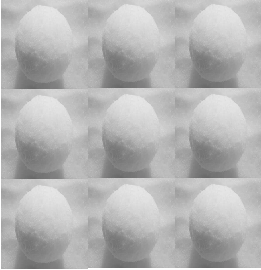Sampling > Respondent-Driven Sampling
What is Respondent-Driven Sampling?

Snowball sampling is a non-probability sampling method that doesn’t need a list of members to sample from (something that’s hard or impossible to get for hard-to-reach populations). As there isn’t a list of members, there’s no way to get a random sample. RDS is a group of methods that convert chain-referral methods, like snowball sampling, into results that can be analyzed statistically. In other words, although it starts off as a non-probabilistic model, it ends up as a mixture between non-probabilistic and probabilistic methods. The probabilistic part of the method is a somewhat complex mathematical formula that compensates for the non-random collection method. Basically, the researchers:
- Keep track of who referred who in the sample. The general idea behind RDS is if the “seeds” (the original members of the sample) generate enough random “sprouts” (i.e. referrals), then a large enough sampling will eliminate bias.
- Create a model of the seeds and sprouts.
- Weight the model to account for non-randomness.
Problems with Respondent-Driven Sampling
RDS was first developed as part of an HIV-prevention study (Heckathorn). A series of later studies developed the methods seen today. As this is a fairly new method, there isn’t at the time of writing this article (2016) a clear consensus on what the results of RDS mean in the real world. Some authors (like McCreesh) found that bias wasn’t eliminated from studies even when RDS methods had been correctly deployed. That said, RDS offers some benefits (like the potential elimination of bias) over other convenience methods.
Reference:
Heckathorn Douglas D. Respondent-Driven Sampling: A New Approach to The Study of Hidden Populations. Social Problems. 1997;44:174–199.
McCreesh, N et. al. Evaluation of respondent-driven sampling. Epidemiology. 2012 Jan;23(1):138-47. doi: 10.1097/EDE.0b013e31823ac17c. Online here.